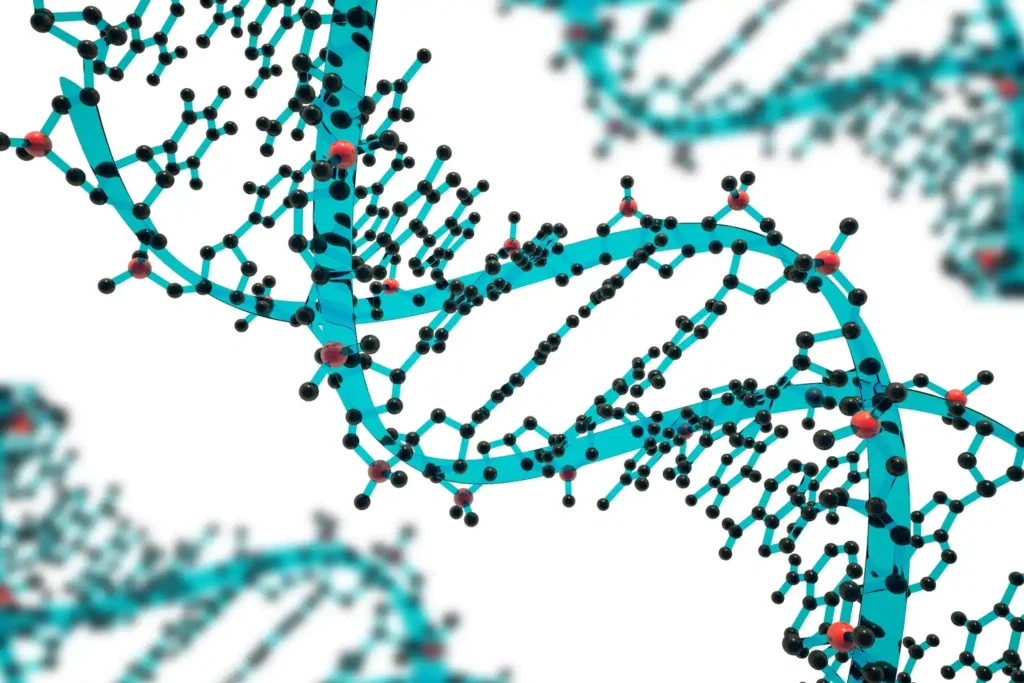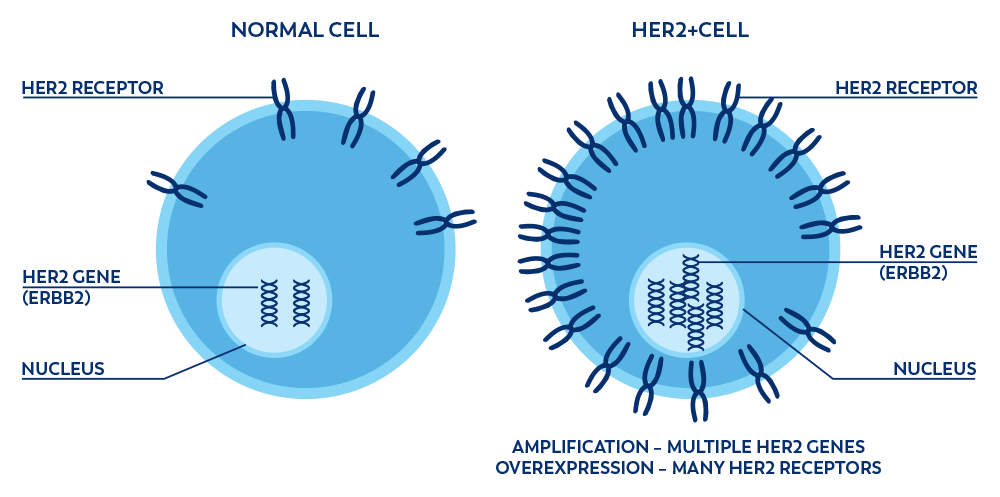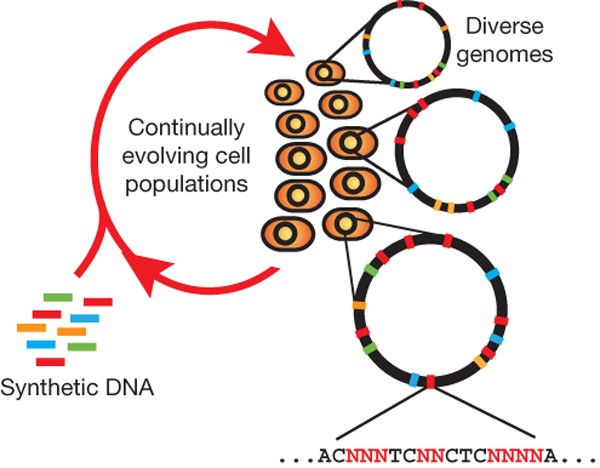The Rise of Precision Amplification in Cancer and Genomics
Gene amplification—a process where specific genes are duplicated within the genome—can be a double-edged sword. In oncology, it often drives aggressive tumor growth, therapy resistance, and immune evasion. Yet in biotechnology, amplification strategies are being repurposed to accelerate genetic model creation and therapeutic design. This blog post unpacks the latest data on three fronts: the role of SETDB1 amplification in osteosarcoma, HER2 overexpression in ovarian cancer, and a cutting-edge targeted integration system for high-throughput gene editing. A unifying theme emerges: amplified precision—using gene amplification knowledge not just as a biomarker of disease, but as a tool for engineering better therapies.
I. SETDB1 Amplification: An Epigenetic Escape Mechanism in Osteosarcoma

SETDB1 (SET Domain Bifurcated 1) is a histone methyltransferase that alters chromatin structure without changing the underlying DNA sequence. When amplified, it acts as an epigenetic switch, helping tumors evade immune detection and enhancing resistance to chemotherapy.
Key Findings:
- Immune evasion: SETDB1 silences genes that allow tumors to be recognized by the immune system.
- Tumor spread: It boosts Wnt signaling and epithelial-mesenchymal transition (EMT), both linked to metastasis.
- Chemotherapy resistance: Amplification confers resilience to traditional treatments, including radiation and cytotoxics.
Therapeutic Potential:
- Combining SETDB1 inhibitors with immunotherapy or radiation could unmask and destroy hidden cancer cells.
- Preclinical studies are underway to test SETDB1-blocking drugs in synergy with existing osteosarcoma treatments.
II. HER2 Gene Amplification in Advanced Ovarian Cancer: Trastuzumab to the Rescue

HER2 (human epidermal growth factor receptor 2) amplification is well known in breast cancer, but its role in ovarian cancer (AOC) has been more elusive. A recent GINECO trial investigated trastuzumab, an anti-HER2 antibody, in HER2-amplified AOC patients with platinum-resistant disease.
Study Highlights:
- Out of 320 patients screened:
- Only 6.4% had HER2 overexpression/amplification.
- 7 eligible patients were treated with trastuzumab + paclitaxel + carboplatin.
- Results:
- 3 patients had complete responses (lasting 6 to 24+ months).
- 2 achieved stable disease.
- Side effects were generally manageable.
Takeaway: Though rare in AOC, HER2 amplification can guide targeted reversal of platinum resistance. This reflects a growing precision medicine trend—treating the mutation, not just the tumor type.
III. High-Throughput Gene Integration: A New Era of Genomic Multiplexing

Beyond cancer biology, gene amplification is transforming genome engineering workflows. Researchers at The Scientist describe a “landing pad” system for rapid gene reintroduction and variant testing.
Platform Features:
- Insertion of an SSR-compatible cassette into the endogenous locus.
- Enables reversible and repeatable integration of gene variants.
- Reduced timeline: Unlike CRISPR/Cas9 workflows (3–6 months), this system enables rapid cycling of variant libraries.
- Multiplexing Capability:
- 12 variants transfected at once.
- 11 successfully recovered—nearly 92% recovery.
Applications:
- Ideal for high-throughput screening of drug targets or mutation effects.
- Preserves native genomic context, enhancing biological relevance.
Conclusion: The Amplification Spectrum—From Oncology to Engineering
Gene amplification isn’t just a genomic accident—it’s a signal. Whether hijacked by cancer to fuel progression or engineered for scientific innovation, amplification reshapes how we understand and manipulate biology.
Core Takeaways:
- SETDB1: Targeting amplified epigenetic regulators could overcome immune evasion and resistance in osteosarcoma.
- HER2: Even in rare amplification cases, targeted biologics like trastuzumab offer long-lasting remission in ovarian cancer.
- Landing Pads: Gene amplification models are enabling faster, scalable testing of therapeutic gene variants.
References:
- EurekAlert! (2024). “SETDB1 amplification in osteosarcoma.”
- Medscape. (2023). “HER2 overexpression and trastuzumab in advanced ovarian cancer.”
- The Scientist. (2023). “Targeted gene integration and high-throughput systems for genomic engineering.”
